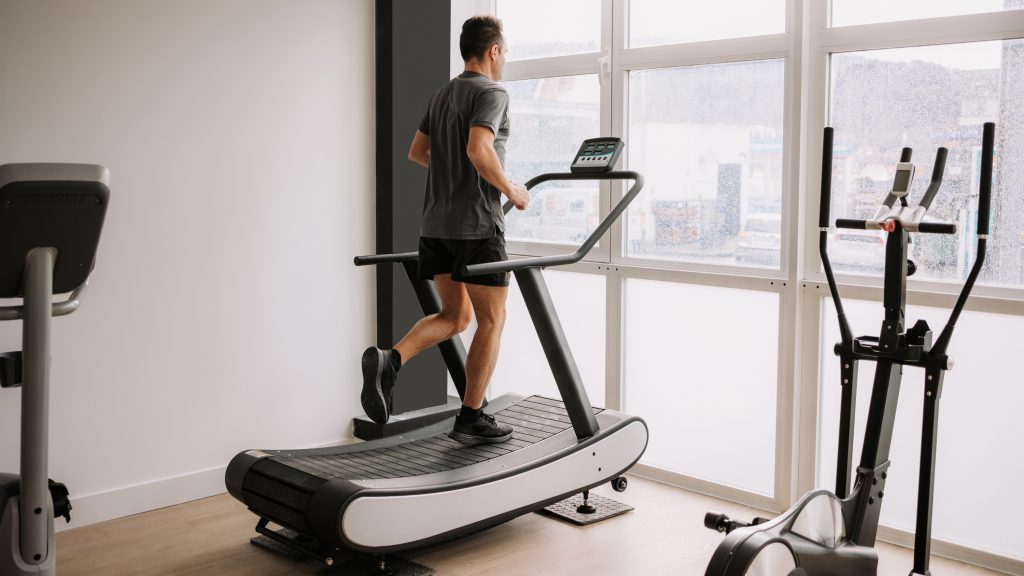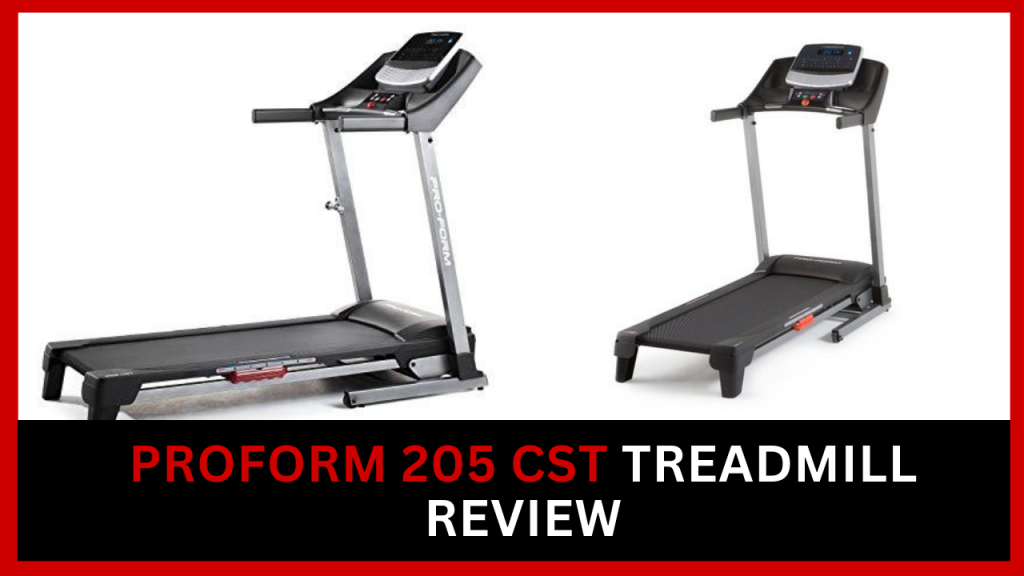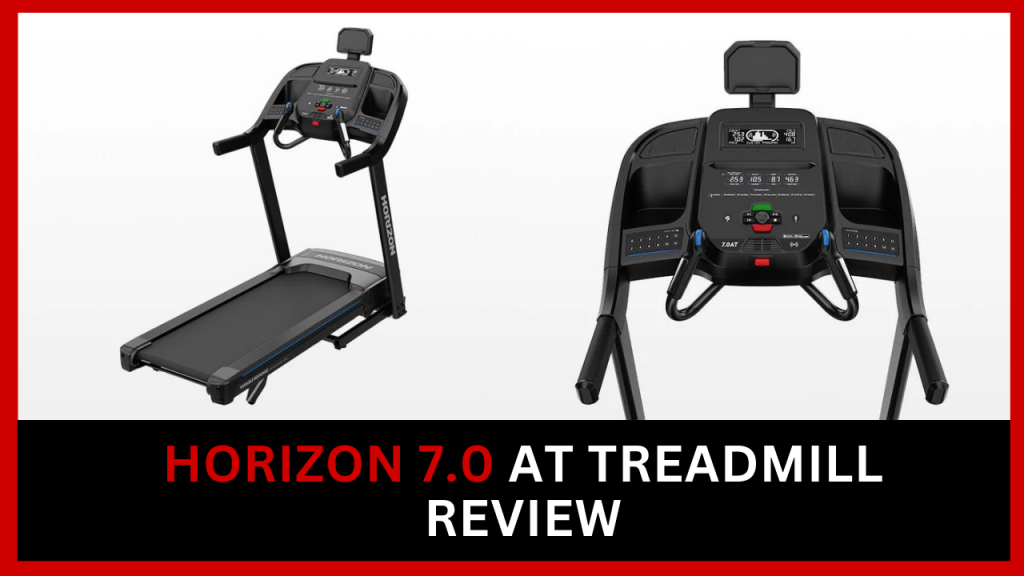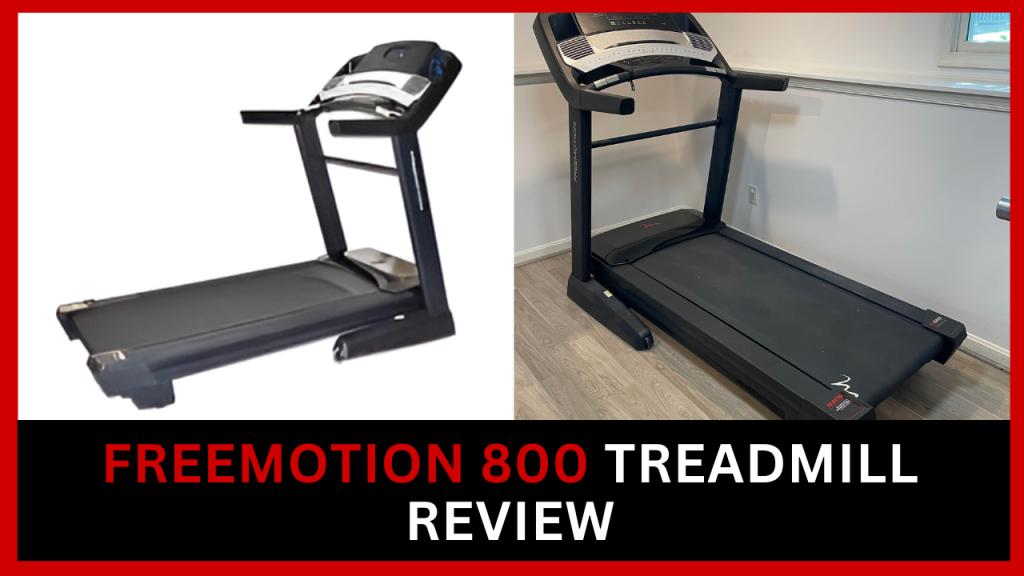When considering purchasing a treadmill, one of the most important aspects to think about is its weight. Many buyers focus on the treadmill’s features or price but overlook the weight, which plays a key role in both its stability and portability. Understanding how much a treadmill weighs can help you make a better decision suited to your workout needs and space.
In this article, we will explore how much does a treadmill weigh, including variations based on price, type, and user weight capacity. By the end of this guide, you’ll have a clear understanding of the ideal treadmill weight for your needs.
How Much Does a Treadmill Weigh?
Treadmills come in a wide range of weights, depending on factors like the type of treadmill, its materials, motor size, and additional features such as incline or foldability. Typically, the heavier a treadmill is, the higher its user weight capacity and overall stability. This means that more advanced models that weigh more can support heavier users, whereas lighter models might be better for casual workouts or for people with limited space.
Treadmill Weight Based on Price Range

One of the simplest ways to estimate how much a treadmill weighs is to consider the price range of the product. More affordable treadmills are generally lighter, whereas high-end treadmills tend to be heavier due to their advanced features, sturdier build, and enhanced user capacity. Here’s a breakdown of the average weights based on different price categories:
- Treadmills under $300: These are typically entry-level models, often weighing between 50 lbs to 150 lbs. These treadmills are lightweight, portable, and good for light exercise.
- Treadmills under $500: In this range, treadmills usually weigh between 150 lbs and 200 lbs, offering better stability and moderate features.
- Treadmills under $1000: These models weigh around 200 lbs to 300 lbs. They are more durable, come with stronger motors, and are equipped with advanced features like incline settings and larger running surfaces.
- Treadmills over $1500: Higher-end treadmills in this price range can weigh 300 lbs or more. These are often commercial-grade models that offer top-tier performance, stability, and support for heavier users.
Treadmill Weight Based on User Weight Capacity
When selecting a treadmill, it’s crucial to consider your own weight or the weight of potential users. A treadmill’s weight capacity should always be higher than the user’s weight to ensure safe and efficient use. Here’s how treadmill weight correlates with user weight capacity:
- For users up to 200 lbs: A treadmill that weighs around 100 lbs can usually handle a user weight of up to 200 lbs. These treadmills are typically compact and suitable for personal home use.
- For users up to 300 lbs: A treadmill weighing around 200 lbs is ideal. Heavier treadmills have stronger frames, better shock absorption, and more powerful motors, making them suitable for people with higher weight.
- For users up to 400 lbs: For heavier individuals, a treadmill weighing 200 lbs to 300 lbs or more is recommended. These models are built to handle intense workouts and provide superior stability.
Treadmill Weight Based on Treadmill Type
There are several types of treadmills on the market, each designed for different workout styles and user needs. The weight of a treadmill often varies based on its type and build. Here’s a closer look at common treadmill types and their average weights:
- Manual Treadmills: These treadmills are non-motorized and are the lightest option available, often weighing around 60 lbs. They are ideal for low-impact workouts but may not be as stable as motorized versions.
- Motorized Treadmills: Motorized models are far more common and generally weigh around 200 lbs to 250 lbs. These treadmills are powered by motors and come with features such as adjustable speeds and inclines.
- Folding Treadmills: For those short on space, folding treadmills are a popular choice. They weigh about 200 lbs and can be folded up when not in use, making them more portable while still providing decent functionality.
- Commercial Treadmills: Commercial-grade treadmills, often found in gyms, are the heaviest type, weighing in at 300 lbs or more. These treadmills are designed for high-intensity use and are equipped with the most advanced features.
Factors Influencing Treadmill Weight
Several factors can influence the overall weight of a treadmill, including:
- Material: Treadmills made from high-quality steel frames are heavier and more durable than those with lighter, less durable materials like aluminum or plastic.
- Motor Size: A treadmill with a more powerful motor, usually found in higher-end models, will weigh more.
- Deck and Running Surface: Larger running surfaces and thicker decks add to a treadmill’s overall weight, contributing to better stability.
- Features: Advanced features like adjustable inclines, heart rate monitors, and touch screens can also add to the weight.
FAQs About Treadmill Weight
1. What is the average weight of a home treadmill?
The average weight of a home treadmill ranges from 150 lbs to 200 lbs, depending on the features, build quality, and type.
2. Can I move a heavy treadmill by myself?
While lighter treadmills (under 150 lbs) can be moved by one person, heavier treadmills often require two people or specialized equipment to move safely.
3. Do heavier treadmills last longer?
Generally, yes. Heavier treadmills are built with sturdier materials and more powerful motors, making them more durable and better suited for long-term, intense use.
4. How do I know if a treadmill can support my weight?
Check the manufacturer’s specifications for the treadmill’s weight capacity. It’s important to choose a treadmill that supports more than your body weight to ensure safety and performance.
5. Are folding treadmills as durable as non-folding ones?
Folding treadmills can be just as durable as non-folding models, but they might sacrifice some stability due to the foldable design. Always check the frame quality and user weight capacity.
Conclusion
Treadmill weight is an important consideration when buying a new machine for your home or gym. By understanding how much treadmills weigh across different price ranges, user capacities, and types, you can select the best option for your needs. Heavier treadmills generally offer greater durability and user support, while lighter models may be more portable and affordable. Whether you’re a casual runner or someone seeking a commercial-grade treadmill, knowing the right weight range will help you make an informed purchase.
By considering factors like material, motor size, and deck design, you can confidently choose a treadmill that meets both your workout and space requirements.





